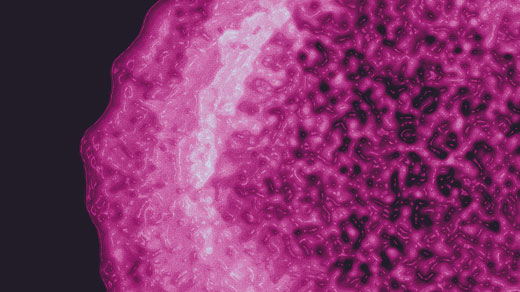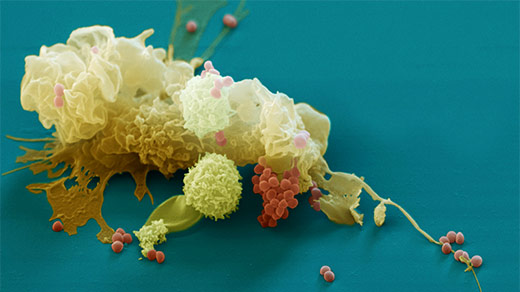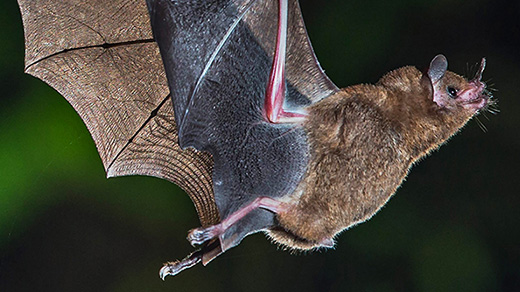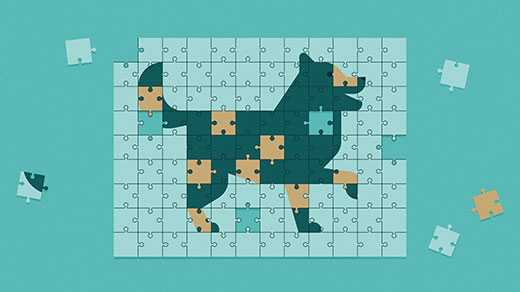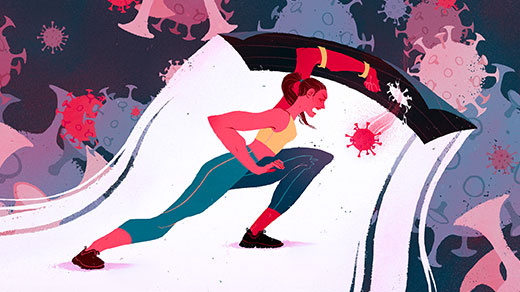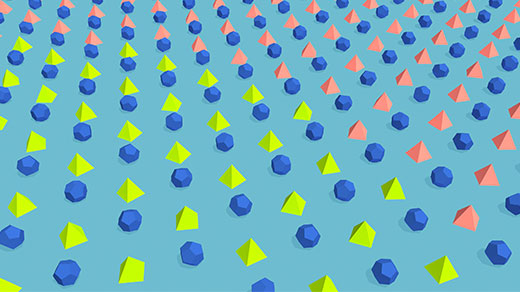What's up in
Infectious disease
Latest Articles
Scientists Win Nobel Prize for Discovering the Hepatitis C Virus
Harvey Alter, Michael Houghton and Charles Rice were awarded the 2020 Nobel Prize in Physiology or Medicine for their discovery of the cause of a major liver disease.
How to Assess Risks During the Coronavirus Pandemic
The medical research scientist and Quanta puzzle columnist Pradeep Mutalik explores how to make sense of COVID-19 data while managing your personal risk.
‘Trained Immunity’ Offers Hope in Fight Against Coronavirus
A novel form of immunological memory that was mostly ignored for a century extends the benefits of vaccines. It could be of help in ending the COVID-19 pandemic.
Can Vaccines for Wildlife Prevent Human Pandemics?
Studies suggest that self-disseminating vaccines could prevent the "spillover" of animal viruses into humans as pandemic diseases.
COVID-19 Is Raging. How Safe Is Your Backyard Party?
Awash in coronavirus data, misinformation and tremendous uncertainty, we need to put our risk analysis skills to the ultimate test.
How to Design (or at Least Model) Mixed Dog Breeds
Readers simulated the genetics of dog breeding to solve a puzzle about mixed breed percentages and sexual reproduction.
Our Genes May Explain Severity of COVID-19 and Other Infections
Researchers are examining the power of subtle genetic weaknesses in the immune system to affect the severity of infectious diseases, including COVID-19.
The Tricky Math of Herd Immunity for COVID-19
Herd immunity differs from place to place, and many factors influence how it’s calculated.
Why South Asia’s COVID-19 Numbers Are So Low (For Now)
Many theories have been offered for why the official COVID-19 toll on the Indian subcontinent has been surprisingly low. The best explanation may be the shortage of good, timely data.
